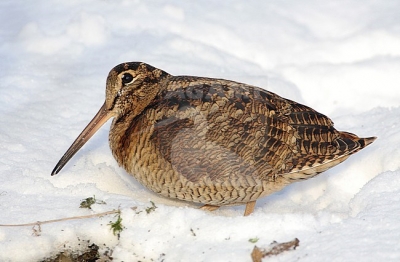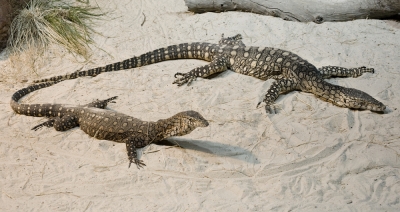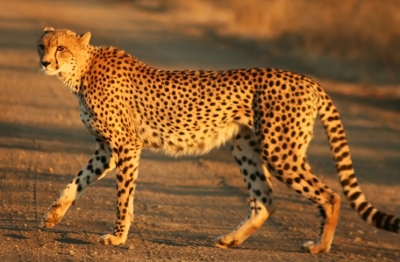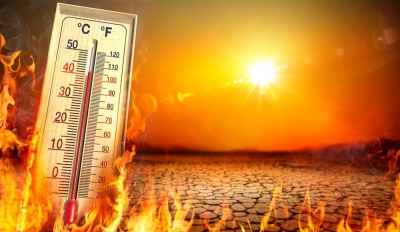
The latest buzzword in internet circles is ‘Metaverse’! It is making headlines, especially with Facebook even rebranding itself as Meta! It is expected to create a major impact in the digital world.
What is Metaverse?
Put simply, the metaverse is a 3D (three-dimensional) version of the internet. It can be considered a place parallel to the physical world, where you spend your digital life. In the metaverse, you and others in it will have an avatar. You will interact with each other through avatars. It is a shared virtual space, which is interactive and has an immersive experience.
Let’s look at some examples. You may have used the metaverse in some form or the other while playing video games. A basic form of the metaverse has been adopted in the online shooter game Fortnite, where gamers have their own personal avatars to engage with the avatars of other players.
In the stimulation video game Second Life, users experience virtual reality in which their avatars can do everything they can in real life, including eating, sleeping, shopping, etc.
The term ‘metaverse’, first cropped up in the science fiction novel “Snow Crash” by Neal Stephenson in 1992. In the book, the author referred to the metaverse as an all-encompassing digital world that exists parallel to the real world.
Tools needed
You will need a VR (Virtual Reality) headset, a controller and a powerful laptop to enter the metaverse. You will also need digital currency to live in the metaverse.
Future impact
The metaverse will make gaming more realistic and increase the user’s immersive experience. Travelling around the world without leaving your room will become possible. Healthcare and education are expected to gain the most from the metaverse. The metaverse has the potential to radically transform the digital and global economy.
Currently, there is no single metaverse but there are many. All of them are, however, still under development.
Picture Credit : Google





